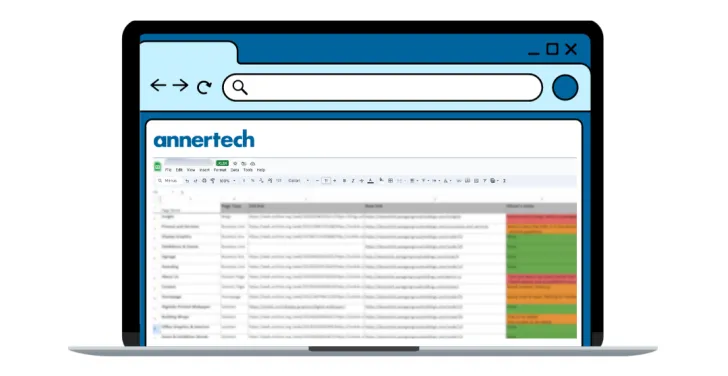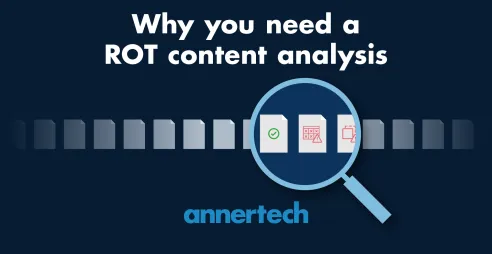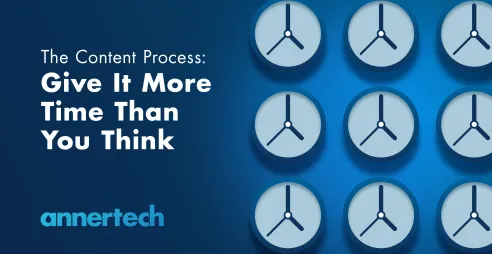Nothing helps you showcase your value like a content analysis

Should you do a content analysis? The answer to this question is usually always yes. Here’s how to do it and how to get the most out of it.
Content is pivotal to a website. It’s important that you’re showcasing the best of what your organisation has to offer. There’s no better way to ensure that you’re doing just that than by doing a content analysis.
Content audits are essentially about taking a step back, and looking at the content on your website. A content analysis is an interpretation of that content, and it’s typically informed by information such as the organisation’s strategy, audience, and brand and tone guidelines.
Why would you want to do a content analysis?
There are a few reasons.
- You’re upgrading or updating your website and need to know which content to ditch or migrate
- You want to eliminate deadwood, speed up your website, keep it up to date and fresh
- You want to make sure the content that you have is aligned with your content strategy
- You want to know that the content on your website is accurate; as good as it can be
- Content audits can also show you if you’re missing content, and give you insight on what you can do to improve your website.
How long does a content analysis take?
This depends on how much content you have, the tools that you use, how much time you devote to it, and the reason you’re doing the audit.
It can take anything from a few days to a few months.
When should you start doing a content analysis?
The earlier the better. You don’t know how long it’s going to take until you start. Procrastinating on this could delay the entire project.
First steps first
1. The spreadsheet, AKA the audit
You know who loves a good spreadsheet? No, not nobody…. People who plan. And also … the developers who are going to be implementing the migration of your content (if that's on the cards).
Depending on your website there are a couple of ways of populating the spreadsheet. If there isn’t too much content you could do it manually (there will always be some manual work when you’re populating a spreadsheet). But if the website is incredibly deep with hundreds or thousands of pages, there are various tools to help you.
Site crawlers will gather the data you need to make informed decisions about your content (our favourite for this is Screaming Frog) and the date can be exported into a spreadsheet. Your aim is to analyse the data and decide what to keep, what to rework, what to create and what to ditch.

Spreadsheets are an important part of the planning process. They take time to prepare and analyse. And the insights you glean from your analysis will also take time to implement and complete.
Allocate the time and resources you need to get the most out of this exercise – a new website is the perfect opportunity to shed the deadweight and focus on what works.
2. Dive into the data
Once you have gathered your data, the next step is to analyse it. A popular acronym to use is ROT (Redundant, Outdated and Trivial content). This is the process of identifying content that needs to be refreshed, updated or removed altogether.
It will certainly whittle down the amount of content you will eventually keep. Essentially, the saying "less is more" applies here.
If you’re looking to migrate your content over to a new platform or website, bear in mind that keeping content costs money. We’ve done many migrations for clients – some manual, some automatic, and some a combination of both.
No matter how you do the migration, the more content work you need to do, the longer it will take. You want to prioritise the content you really need. What can't your website do without? Which content is the most popular (traffic)? Which content may not be as popular but has incredible value for your audience? Which is so old that you can’t believe it still exists (recency)? Which content doesn’t align with your organisation’s strategy?
You could use other qualitative data to back up your content strategy. This is where users are invaluable. Carry out surveys or interviews. Include other stakeholders, such as other departments in your organisation and – most importantly – those people who deal directly with customers.
Be ruthless, especially with outdated content. Like going on holiday, so many people usually take far more than they actually need. It’s far better to leave something behind than have incorrect information on your website.
3. Get ready to move things along, literally
Once you have completed your analysis you’ll have an idea of which content is staying, which is going, and what still needs to be created.
Now you can map your data from where it is to where it’s going to live. It can be tedious, but this is where the spreadsheet really proves its worth.
Annertech’s developers have created an extension to help create these spreadsheets for you if you’re migrating from Drupal 7.
Conclusion
Conducting a comprehensive content audit is a valuable exercise for any website, at any time. But it is necessary when you’re revamping a website or migrating your content to a new platform.
By analysing the content of your website, you will gain clarity on which topics resonate with your audience. You will also see which content does all and identify gaps that need to be filled.
Don’t be scared to ditch content that is redundant or outdated. Travel as light as possible – ditch the deadweight and focus on high-performing content that will maximise the impact of your digital offering.

Worried that your content isn’t hitting the right tone?
Sometimes it’s better to step back and hand over the columns of your spreadsheet. We’ll help you ensure your content is the best it can possibly be.
Let us analyse your content


